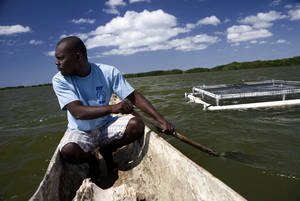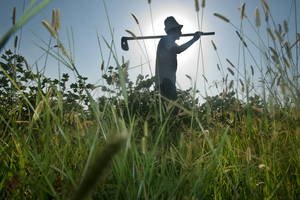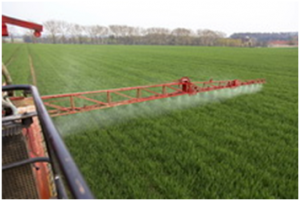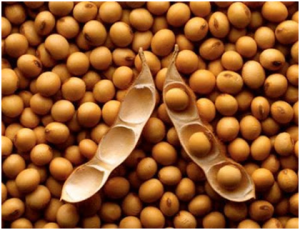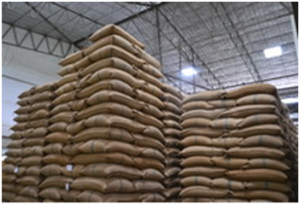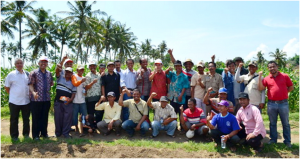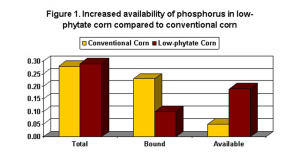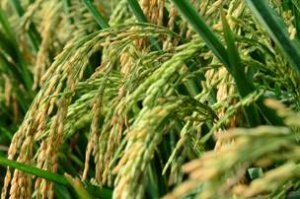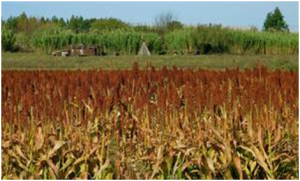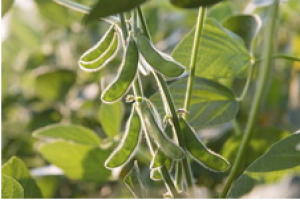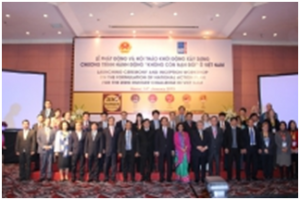|
Uncovering health inequalities: A path towards leaving no one behind
Thursday, 2016/05/05 | 08:02:12
|
|
WHO May 2016
Figure: WHO/A Kari
Having a skilled health professional during childbirth can save the life of a woman and her child. But, in many parts of the world and within many countries, the presence of a health worker during childbirth is often a luxury. If a woman is poor, she is even more likely to deliver without support, putting herself and child at risk.
In Indonesia, this is a familiar story for poor women. Twenty years ago, only 1 in 5 women in the poorest 20% of the population gave birth with support from a skilled attendant.
Through recognizing the inequalities and targeting programmes towards the poorest populations, Indonesia has been able to improve the number of births attended by skilled personnel among the poorest population to 3 out of 5 births in the period 2007 to 2012. However, nearly all births among the richest 20% of the population were supported.
“While we have worked hard to reduce the health inequalities in Indonesia, they still persist,” says Ms Rustini Floranita, WHO National Professional Officer and focal point for gender, equity and human rights in Indonesia. “We need to continue to find ways to uncover and target these gaps so that the most disadvantaged populations have the same health care as the richest populations.”
See more: http://www.who.int/features/2016/health-inequalities/en/ |
|
|
|
[ Other News ]___________________________________________________
|


 Curently online :
Curently online :
 Total visitors :
Total visitors :
(22).png)
